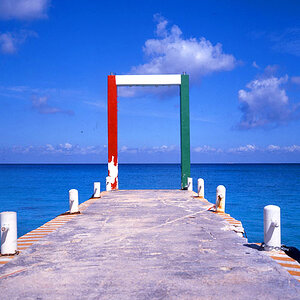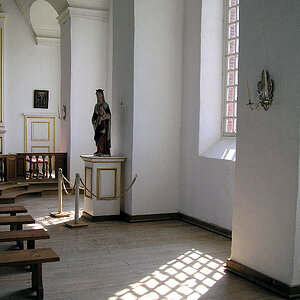kundalini
Been spending a lot of time on here!
- Joined
- Jul 18, 2007
- Messages
- 13,607
- Reaction score
- 1,937
- Location
- State of Confusion
- Can others edit my Photos
- Photos NOT OK to edit
I am looking at these B+W Graduated ND filters. I'm just at a loss whether to go with 1 or 2 stops. I spoke with a B&H salesman and he did say that it has the same action as a CPL, where you can rotate the direction of heavy density, top, bottom and all points in between.
So, anybody have an idea which one to go with? 1 stop or 2. I live in the SouthEast USA and summer is coming up *read: hot, hazy and humid*.
Thanks.
So, anybody have an idea which one to go with? 1 stop or 2. I live in the SouthEast USA and summer is coming up *read: hot, hazy and humid*.
Thanks.


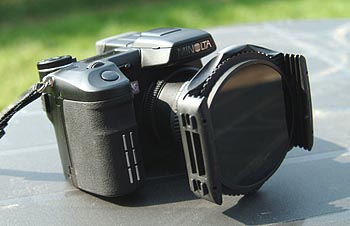
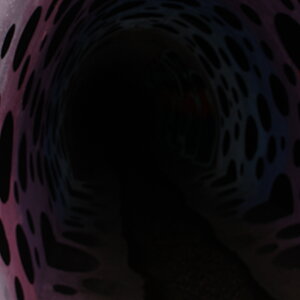
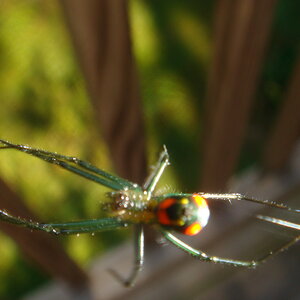
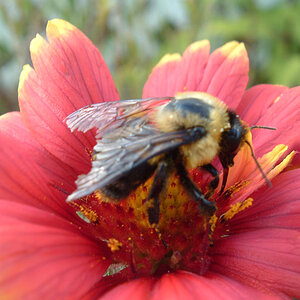
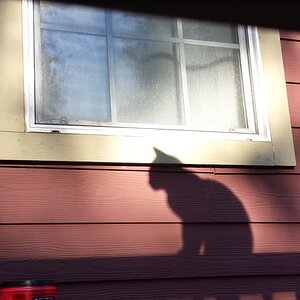

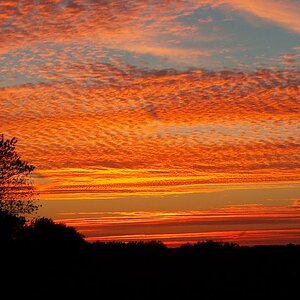
![[No title]](/data/xfmg/thumbnail/42/42056-76026251cb5ebb85b4a4d281d36121d8.jpg?1619739992)
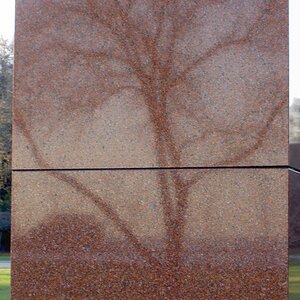
![[No title]](/data/xfmg/thumbnail/42/42057-1509913128bb1db2bc11235c05832fd4.jpg?1619739993)
